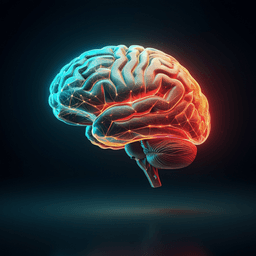
Linguistics and Languages
The structure and statistics of language jointly shape cross-frequency neural dynamics during spoken language comprehension
H. Weissbart and A. E. Martin
This research by Hugo Weissbart and Andrea E. Martin delves into the brain's remarkable ability to decode speech amidst varying sounds. Utilizing MEG data, they uncover how both structural and statistical aspects of language contribute to neural dynamics, revealing exciting insights into how we comprehend spoken language.
~3 min • Beginner • English
Related Publications
Explore these studies to deepen your understanding of the subject.







